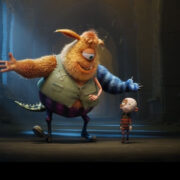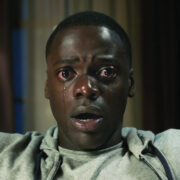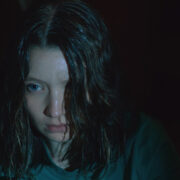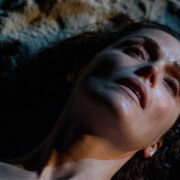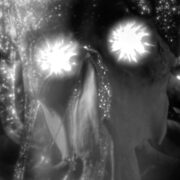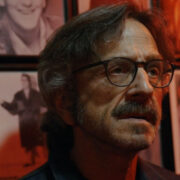THE LEUNIG FRAGMENTS: The Product Of A Reluctant Subject
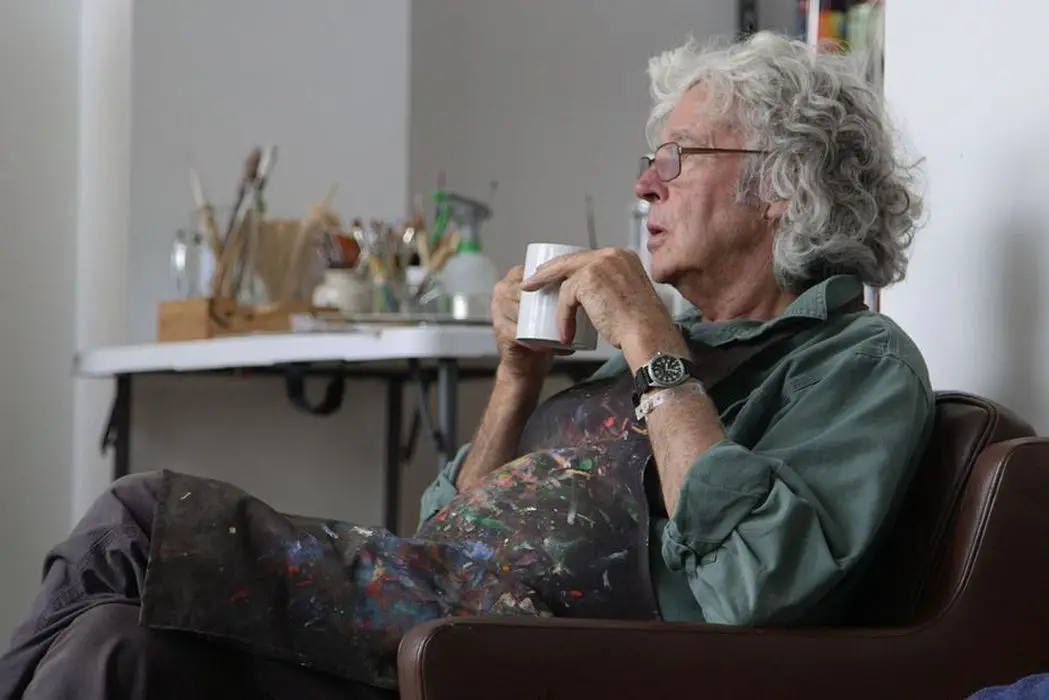
Holly is a final year film/journalism student currently living in…
For those who reside outside of Australia, the name Michael Leunig might be a little unfamiliar. One of the more influential figures in the Australian media landscape, his renowned cartoon sketches can be found in such publications as The Sydney Morning Herald and The Age, and are immediately recognisable for their unique artistic style and quirky characters.
Often political in nature and reflecting current societal issues, his cartoons have provided comment and opinion on national and worldwide debates, some of which have sparked heated controversy. His platform for philosophical and political discourse has extended further to encompass television appearances on the ABC and SBS networks, and his creative achievements range from press pieces to original poetry and illustrations. Needless to say, the concept of a documentary feature exploring such an eminent figure of Australian culture was promising, and the potential seemingly endless.
A lack of depth
The title of director Kasimir Burgess’ film, The Leunig Fragments, is apt. More than three years in the making and following an almost fatal brain-seizure, the film often evokes a sense of frustration as Burgess attempts to probe his quite obviously private subject for deeper insights. There’s an air of distance and guardedness from Leunig, who comes across as highly introverted and emotionally reserved in his vague explorations of his past. As a result, there is a jarring lack of depth, and what we’re left with are mere glimpses into such an extraordinary life. Rather than painting a full picture, loose threads are weaved throughout that are never fully realised.
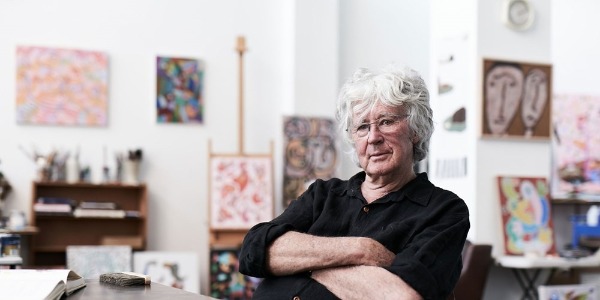
Though it is clear that his passion for art and the desire to search for and understand its meaning form a huge part of his identity, his demeanour throughout suggests a need for self-protection and an unwillingness to divulge, despite the fact that his complex psyche and unique perspective on the world make him a documentarian’s dream.
On-screen, his charming childhood anecdotes and whimsical depictions of youth are frequented by his infamous cartoons and animations, which are utilised effectively for the most part. Still, his reluctance to elaborate on his estranged family and the emotional ups-and-downs of his personal relationships is clear, and a barrier between the audience and the subject remains intact.
Leunig’s many controversies
When Burgess ventures into territory regarding Leunig’s controversial pieces and political opinions (specifically, his anti-vax stance and questionable ‘gags’ surrounding the LGBT community), we are shown a series of television segments and social media screenshots of various personalities reacting to Leunig, and that’s about it.
In a 2008 piece for The Age, Leunig wrote: “Artists must never shrink from a confrontation with society or the state”. Whilst I don’t believe anyone would argue with the basic sentiments of this statement, it should also be the artist’s responsibility to acknowledge the impact of their work and the discourse surrounding it. Instead of sitting down with Leunig to flesh out the possible intricacies and nuance behind his work and the social and political opinions he so willingly presents, Burgess portrays the media as villainous for their problems with Leunig.
He has always embraced his reputation as a “provocateur” (a term an interviewee in the film actually uses to describe Leunig), yet his disdain for any discussion of the controversy he creates comes across as sly, irresponsible, and ultimately cowardly.
Technically speaking, the film is far from incompetent. Burgess’ interest and experience in a range of different art forms – animation, installation, music – serve him well here. The film exudes a unique creative perspective and attention to colourful, vibrant aesthetics, frequently combining animation and music to give context to Leunig’s many musings.
It also flows reasonably well, with evidence of Burgess’ attempts to tell a clear and succinct story whilst also allowing his subject to expand or change course when necessary. The problems with this film are not a result of a lack of direction, instead stemming from a subject who is never truly comfortable enough to show real vulnerability.
The Leunig Fragments: Conclusion
It’s unclear whether certain topics were made off-limits by Leunig prior to the beginning of shooting, but either way, it feels as though Burgess’ attempts to have it out with Leunig regarding these issues were frequently thwarted. Burgess’ collaborations with artists of varying mediums in a number of fields means he is no stranger to studying their behaviour and gaining insights into their processes, and his future as a film-maker is certainly promising.
Unfortunately, in this case, his subject was unwilling to let him in and give up control, leading to questions around the validity of a project that possibly shouldn’t have been given the go-ahead.
The Leunig Fragments was released in Australia on February 13th, 2020 and premiered at the Sydney International Film Festival in 2019.
Does content like this matter to you?
Become a Member and support film journalism. Unlock access to all of Film Inquiry`s great articles. Join a community of like-minded readers who are passionate about cinema - get access to our private members Network, give back to independent filmmakers, and more.
Holly is a final year film/journalism student currently living in Queensland, Australia. She is an all-around movie enthusiast, though currently her favourite directors include Wes Anderson, Martin McDonagh, and Alfonso Cuarón.




